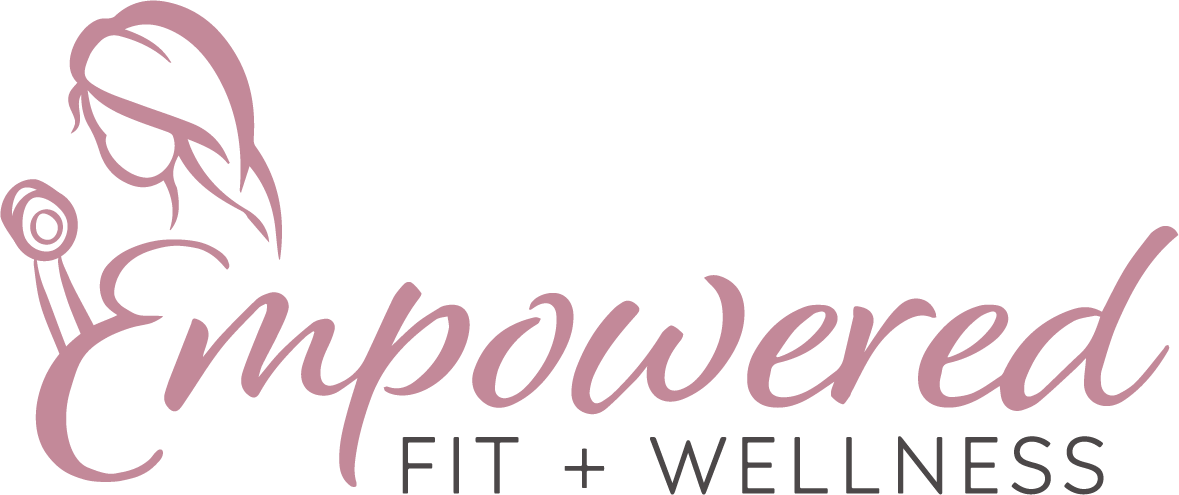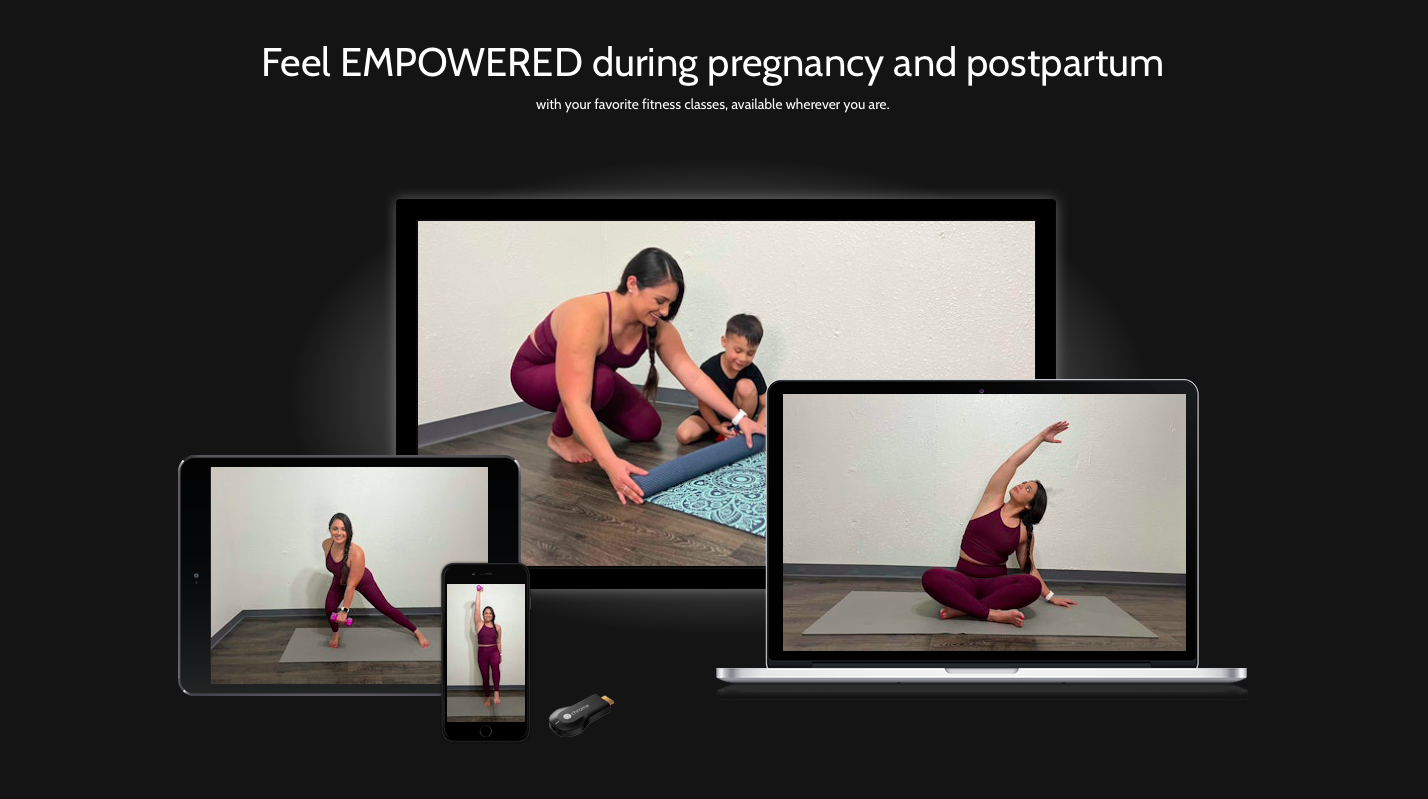How to avoid abdominal bulging and doming
Abdominal bulging, also known as abdominal doming or breadloafing, is when the abdominal creates a bulging appearance at your core, most often noticed near the hip bones. This often occurs when doing abdominal exercises such as sit ups, double leg lifts, and crunches.
What is happening during abdominal bulging is that the rectus abdominal (six pack muscles) are dominant, taking over the move and not allowing the transverse abdominus (TVA) to support the movement for optimal function.
How to improve this:
Learn how to connect to your transverse abdominus through the connection breath. Your TVA is a corset like muscle that wraps around your entire torso. It protects your internal organs, supports your trunk and provides stability for your spine and pelvis. To connect to this muscle and reduce abdominal bulging/doming, follow the steps below.
Connection Breath:
Take a deep breath into your belly (360 degree breath) & relax your pelvic floor
Take an audible exhale (as if blowing through a straw). During the exhale, squeeze and lift your pelvic floor muscles (up and in), while imagining your hip bones coming in together.
Test: If you place your fingers on your hipbones and go one inch in, one inch down, during the exhale you will feel a little tightness in the pelvic area, that is your TVA activating.
Get our resource guides to learn more!
How to incorporate the connection breath with exercises:
Use it as a warm up. The connection breath is a technique that can be done on its own as a warm up. I often start clients with this while lying on their back, quadruped or standing.
Add it during exercises where you notice the most bulging. For example, if this is happening to you during crunches or sit-ups, you can inhale as you rest (upper body is down on the mat), and exhale during the lift (incorporating the pelvic floor, hip bones and core cue).
With certain exercises, initiating the exhale before any movement might be a helpful strategy. Doing so can allow for full recruitment of the TVA muscles to assist with the movement. In this case, for a sit up, you will inhale during the resting position (upper back on the mat), initiate and exhale about 30% of the air while still resting, lift the shoulders and finish the remainder 70% of your exhale through the lift. This will decrease bulging and allow for a deeper connection to the TVA.




